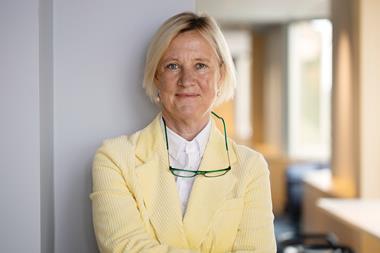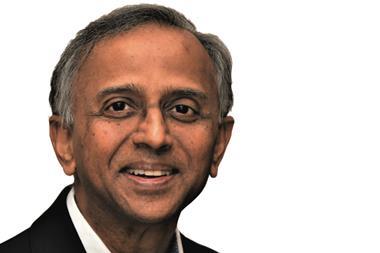The time and money spent on long-term, responsible investing has not been very productive. Don’t get me wrong - we’ve made important progress and our common-sense approach to change was the right (only?) place to start. But if we can learn from experience, we could be making much deeper, faster progress.
First, let’s remember this is not unique - many efforts to change fail, even personal ones. When seriously at risk heart-patients are told they will die unless they stop smoking or change their diet - information which is very personal and short term - only one in seven follows medical advice.
So all of us who have been promoting long-term responsible investing should not feel so bad. It is simply that the approach we have taken - an emphasis on persuasion, codes, good practice, benchmarking, etc - generally fails when the desired change goes against the norm.
Most investment folk can see the costs of our current approach - OK, a few are really ill-informed and/or ideologically blinkered, but they are a small minority. Perhaps a few speak with forked tongue but most investment professionals would love to be able to tell their loved ones that they do more in their day job than beat a benchmark. No, the real reason is that we have not understood how ‘immunity to change’ works.
Two Harvard adult education specialists have written on this subject, distilling their experience gained over several decades into a book with this title. It’s a must read.
We all make commitments which we want to happen - think new year’s resolutions. We aren’t stupid - we know things will get in the way. So we define practical answers for overcoming these resistances. Occasionally this pragmatic strategy works. Mostly it does not.
Stronger than the commitments “we make” are the competing commitments which “have us”. Often, we’d rather not acknowledge these hidden commitments. And the underpinning assumptions are the real change killers.
Take the commitment to do enhanced analysis. All PRI members (who together account for one out of every 10 investment dollars in the world) have made this commitment. So you’d think we’d have had good impact by now. And the reality? Despite phenomenal growth, PRI’s impact on the main research suppliers has plateaued, arguably decreased.
Why?
Committing to do enhanced analysis is a ‘no brainer’. As sensible professionals, and knowing things will get in the way, we adopt problem-solving strategies - employ in-house ESG teams, appoint specialist ESG research providers, etc.
But all this good work has limited impact. Why? We have existing, stronger hidden commitments. Here are just two - I could give many more.
First, I must contain my career risk, ie, be able to justify investment decisions when performance is bad. Only a very brave investor would seek to explain under-performance on the grounds that they were acting on ESG assessments.
Second, I must not upset the sell side because it provides valuable scuttlebutt. Investment professionals compete on their ability to outperform peers over the short term. Knowing a bit more than competitors, a bit earlier is considered vital. So the last thing you want to do is engage in a collaborative, public effort to evaluate the sell side, even if this is the best way to get system change.
Once hidden commitments are on the table, we can look at the underpinning assumptions and do low-risk experiments to see if these assumptions must always be true. That requires a level of system thinking and emotional/partnership intelligence that many finance players currently don’t have.
If you are among the few exceptions that prove this rule, please do get in touch.
Raj Thamotheram is an independent strategic adviser, co-founder of PreventableSurprises.com and president of the Network for Sustainable Financial Markets












No comments yet